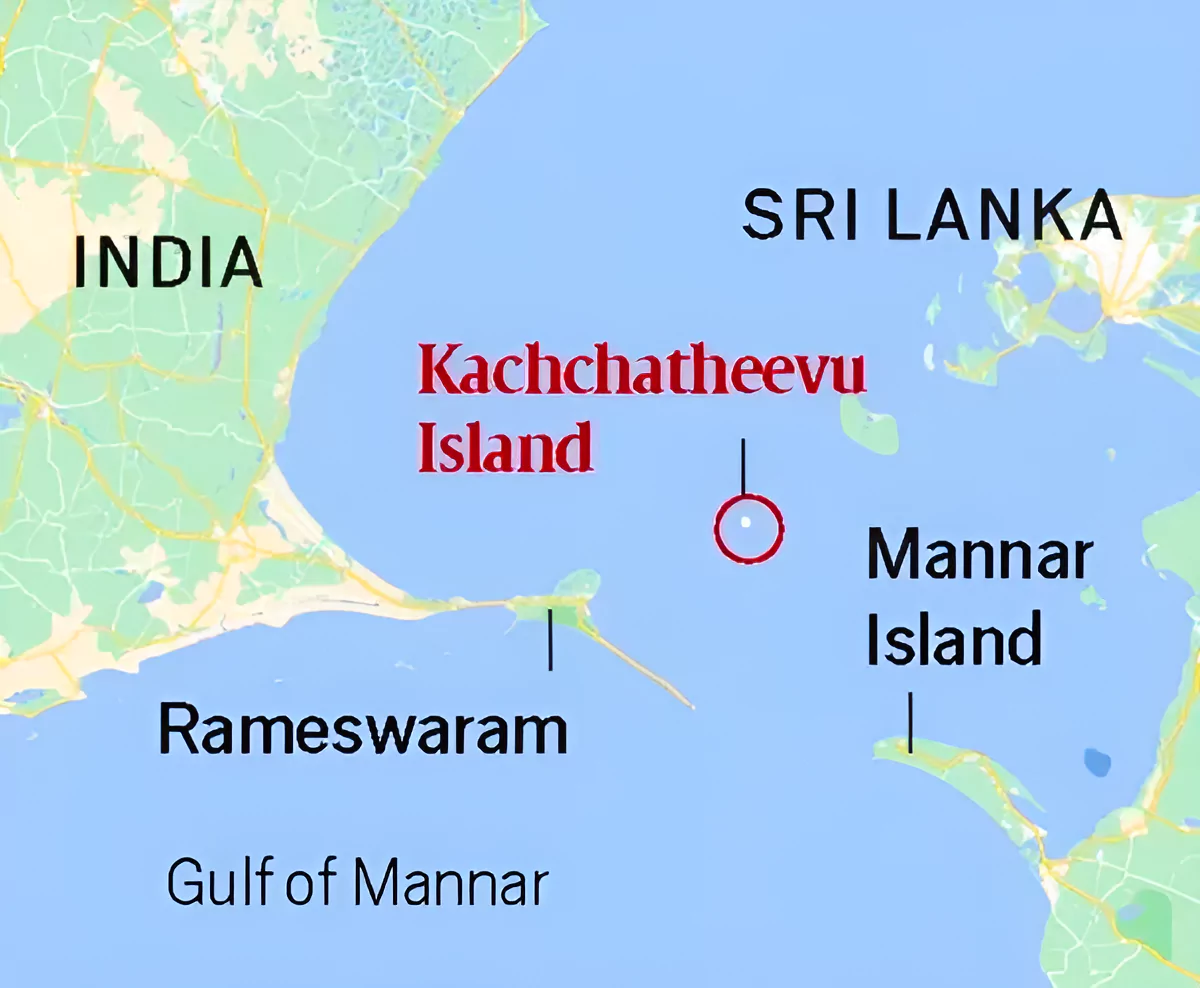![]() 1 Apr 2024
1 Apr 2024
The Prime Minister recently accused the then Indira Gandhi government for ceding Katchatheevu island to Sri Lanka.
 Only structure on the island: The only structure on the island is an early 20th-century Catholic shrine – St Anthony’s church.
Only structure on the island: The only structure on the island is an early 20th-century Catholic shrine – St Anthony’s church.
| Must Read | |
| NCERT Notes For UPSC | UPSC Daily Current Affairs |
| UPSC Blogs | UPSC Daily Editorials |
| Daily Current Affairs Quiz | Daily Main Answer Writing |
| UPSC Mains Previous Year Papers | UPSC Test Series 2024 |

<div class="new-fform">
</div>